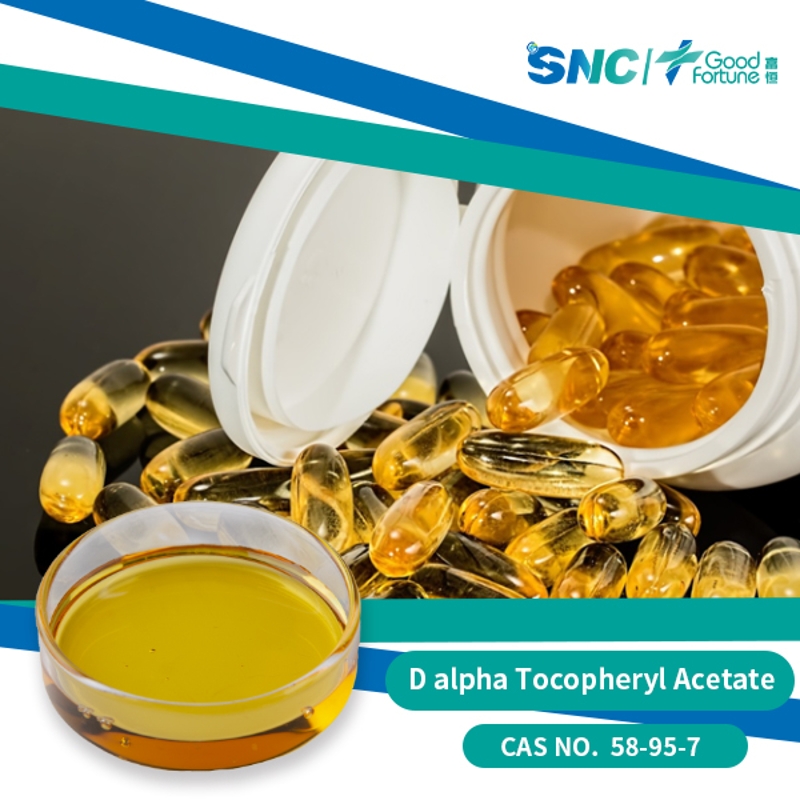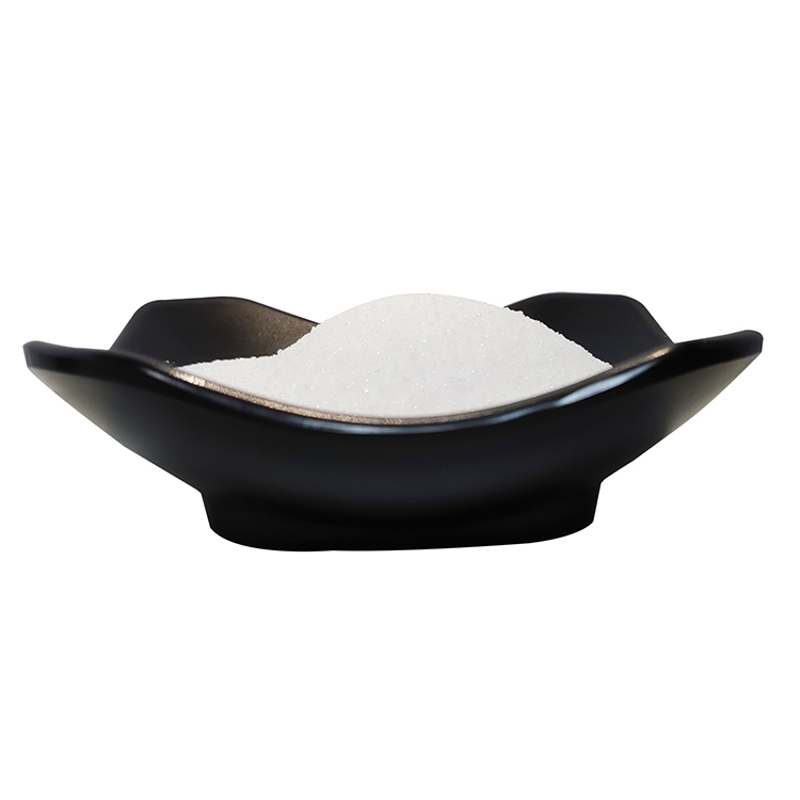-
Categories
-
Pharmaceutical Intermediates
-
Active Pharmaceutical Ingredients
-
Food Additives
- Industrial Coatings
- Agrochemicals
- Dyes and Pigments
- Surfactant
- Flavors and Fragrances
- Chemical Reagents
- Catalyst and Auxiliary
- Natural Products
- Inorganic Chemistry
-
Organic Chemistry
-
Biochemical Engineering
- Analytical Chemistry
-
Cosmetic Ingredient
- Water Treatment Chemical
-
Pharmaceutical Intermediates
Promotion
ECHEMI Mall
Wholesale
Weekly Price
Exhibition
News
-
Trade Service
Tumor patients have gradually become the public's concern, most of these patients need radiotherapy, chemotherapy or surgical treatment, many people will choose home care during the rehabilitation period, but there are often some nutritional management misunderstandings, easy to cause malnutrition, and even affect the adverse consequences
Compared with the 2017 version, what are the specific changes in the 2022 version of the consensus? Yu Kang, chairman of the Cancer Nutrition Management Branch of the Chinese Nutrition Society and director of the Department of Clinical Nutrition of Peking Union Medical College Hospital, introduced that compared with the 2017 version, the 2022 version of the consensus has a wider audience and helps improve the quality of life of patients at home; Nutritional screening is more explicit, helping patients at home to detect and improve early; Nutrition management is more meticulous, helping patients at home to recover
Yu Kang said that although both target tumor patient groups, the stages targeted are different
Medical professionals at all levels will recommend nutritional treatment when cancer patients are discharged from home after treatment, and make professional nutritional guidance, and the 2022 version of the consensus can provide reliable nutritional advice in
Undernutrition or excess may occur during the recovery period of tumors, and can be detected early to improve
Yu Kang said that the 2022 version of the consensus clearly pointed out that nutritional risk screening 2002 (NRS-2002) should be used to screen all patients in the recovery period of tumor nutrition risk to determine whether patients have nutritional risks
In order to rationally manage the nutritional status of patients at home with tumors during the recovery period to avoid weight loss of patients, both consensuses put forward suggestions
Specifically, in addition to the unified energy intake of 25-35 kcal/(kg·day), 50%-65% carbohydrate energy supply, more than 50% high-quality protein, and 20%-35% dietary fat energy supply, the 2022 version of the consensus also increased the protein intake of patients with no obvious abnormalities in liver and kidney function in the cancer recovery period, from 1.
From the above differences, it is not difficult to see that the consensus of the 2022 version and the 2017 version are actually "seeking common ground while reserving differences", and their core lies in the nutrition management
In addition, in addition to regularly receiving nutritional advice from qualified nutrition (doctor) doctors or oncologists trained in nutrition standardization, patients and their families can also learn the knowledge of relevant dietary nutrition support and achieve daily professional nutrition management
The 2022 version of the consensus has ten core messages
1.
2.
3.
4.
5.
6.
7.
If there is insulin resistance, on the basis of ensuring the supply of essential fatty acids, the supply of medium chain triglycerides (MCTs) can be increased, and the energy supply ratio of carbohydrates can be reduced to optimize the ratio of glycolipids; In the absence of insulin resistance, the dietary fat energy supply ratio should account for 20%-35%
of the total energy of the day.
Saturated fat intake should be restricted and n-3 polyunsaturated fatty acids and monounsaturated fatty acids increased
.
8.
Patients with complete tumor remission should have a variety of foods, eat more fresh fruits and vegetables and whole grain foods, consume appropriate fish, poultry, eggs, milk and beans, and limit the intake
of red meat and processed meat.
If there are symptoms such as early satiety and poor sodium, you should eat a small number of meals and reduce the intake of fluids during meals
.
Replenish hydration
between meals.
9.
In the absence of dietary nutrient intake, or biochemical examination or clinical manifestations confirm the existence of some or certain types of micronutrient deficiency or deficiency, nutritional supplements can be used after evaluation by a clinical nutritionist (medical) practitioner, but care should be taken to avoid using excessive doses
.
10.
Tumor patients with nutritional risks should promptly consult a clinical nutrition (doctor) doctor, operate nursing consultation to strengthen dietary nutrition supply, and if necessary, give special medical purpose formula food (FSMP) oral nutritional supplementation (ONS).
If dietary intake does not improve nutritional status, or if the 60% target energy requirement is not met for more than 1 week, enteral or/and parenteral nutrition
can be selected sequentially.
(Source: Chinese Nutrition Community)
China Food News (2022-09-14 03 edition)
(Editor-in-charge: Han Songyan)







